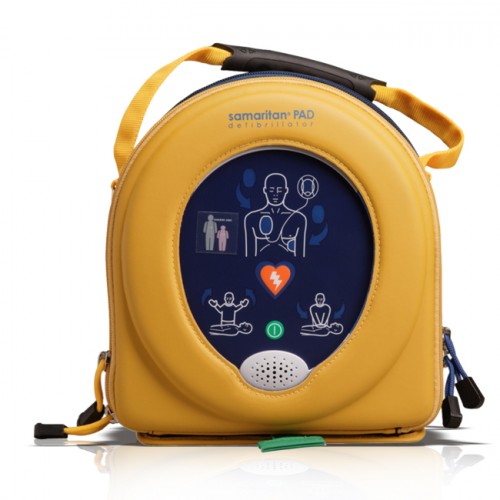9 types of contraception you can use to prevent pregnancy
Getting frisky doesn’t have to be risky business.
This blog discusses contraception methods that can prevent pregnancy and protect against sexually transmissible infections (STIs) It not only educates but assists the readers find the best method for their lifestyle by exploring different types of contraceptives and considering factors such as convenience, side-effects, effectiveness and costs.
Join us as we break it down for you by exploring some of the most popular types of contraceptives including;
- The condom - This method of contraception can be used on demand, is hormone free and can easily be carried with you. And it comes in male and female varieties.
- The oral contraceptive pill - The little tablet taken once a day. Usually containing estrogen and progestin and mini pill contains only one hormone, a progestin. The pill can have many benefits, however remembering to take it on time is a must.
- IUD Intrauterine Device - This small, T-shaped device is made from made of material containing progesterone hormone or plastic and copper and is fitted inside a woman’s uterus by a trained healthcare provider. It's a long-acting and reversible method of contraception, which can stay in place for three to 10 years, depending on the type.
- Contraceptive Implant - A small, flexible rod is placed under the skin in a woman’s upper arm, releasing a form of the hormone progesterone. The hormone stops the ovary releasing the egg and thickens the cervical mucus making it difficult for sperm to enter the womb. The implant requires a small procedure using local anaesthetic to fit and remove the rod and needs to be replaced after three years.
- The Contraceptive Injection - The injection contains a synthetic version of the hormone progestogen. It is given into a woman’s buttock or the upper arm, and over the next 12 weeks the hormone is slowly released into your bloodstream.
-
Emergency Contraception Pill (The ‘Morning After’ Pill) -
The Emergency Contraception Pill can be used to prevent pregnancy after sex if contraception wasn’t used, a condom has broken during sex, or a woman has been sexually assaulted. Sometimes referred to as the ‘Morning After’ pill, it can actually be effective for up to five days after having unprotected sex. The sooner it is taken, the more effective it is, containing special doses of female hormones. Any woman can take the emergency contraception pill, even those who cannot take other oral contraceptive pills and can be bought over the counter at a pharmacy or chemist without a prescription.
- Contraceptive Ring - This method consists of a flexible plastic ring constantly releasing hormones that is placed in the vagina by the woman. It stays in place for three weeks, and then you remove it, take a week off then pop another one in. The ring releases the hormones oestrogen and progestogen. These are the same hormones used in the combined oral contraceptive pill, but at a lower dose.
- Diaphragm - A diaphragm is a small, soft silicon dome is placed inside the vagina to stop sperm from entering the uterus. It forms a physical barrier between the man's sperm and the woman's egg, like a condom.The diaphragm needs to stay in place for at least six hours after sex. After six - but no longer than 24 hours after sex - it needs to be taken out and cleaned.
- Sterilisation - Is the process of completely taking away the body’s ability to reproduce through open or minimal invasion surgery. It is a permanent method of contraception, suitable for people who are sure they never want children or do not want any more children. Sterilisation is available for both women and men and is performed in a hospital with general anaesthesia. Please consult your doctor as other methods of contraception might be more suitable and any side effects, risks and complications of the procedure. For more contraceptive options and advice, 9 types of contraception you can use to prevent pregnancy (with pictures!) | Queensland Health






